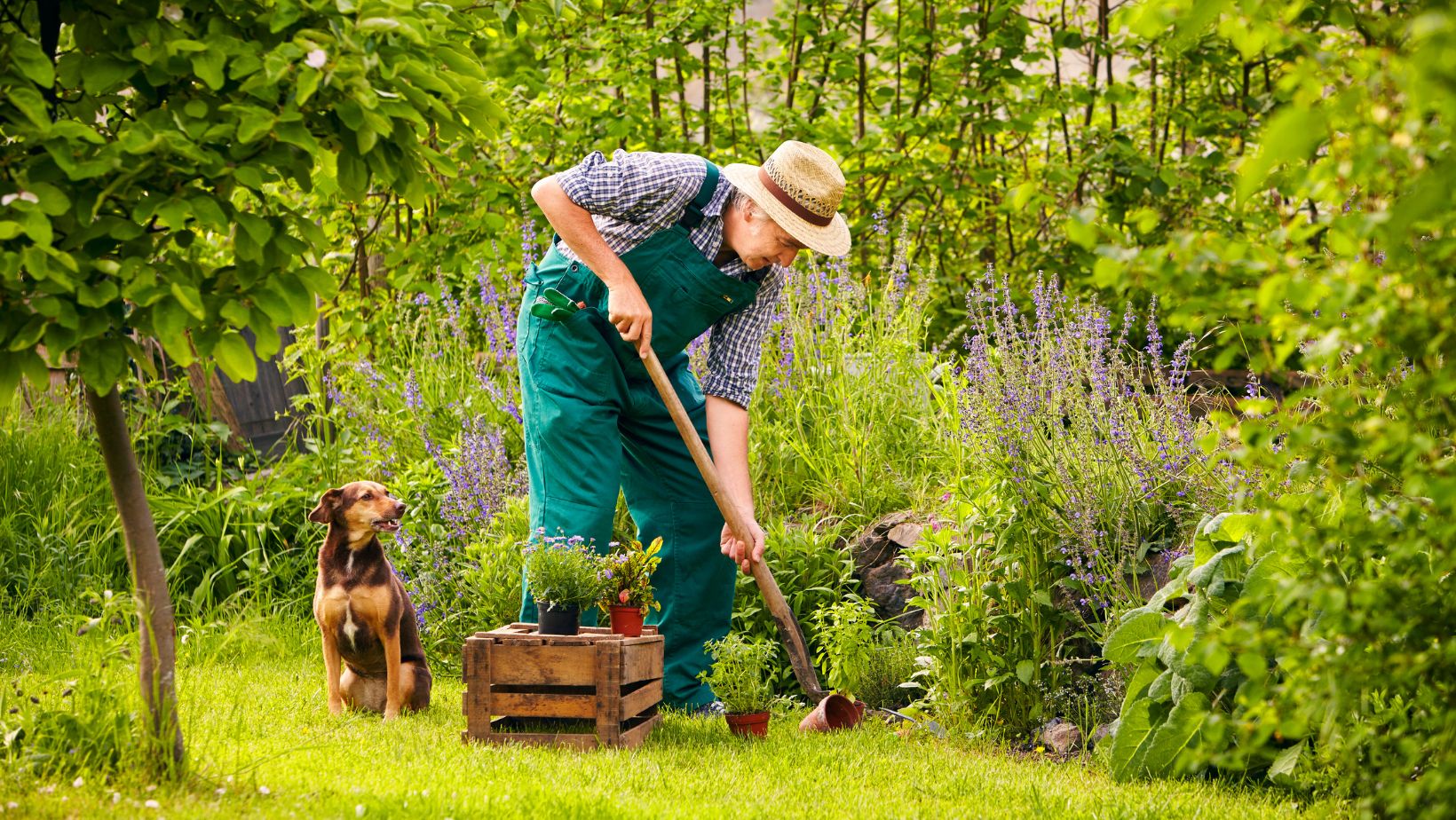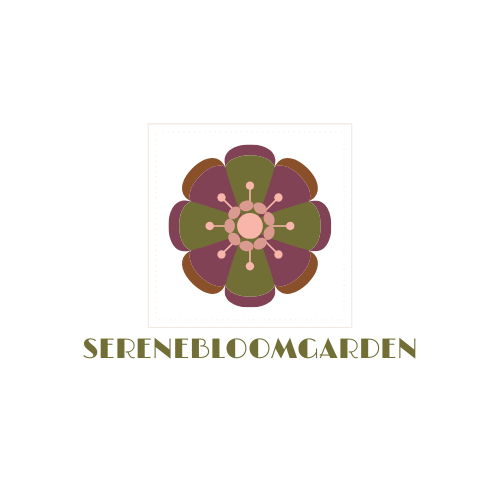I’ve discovered that transforming my apartment into a green oasis doesn’t require a backyard or extensive gardening experience. As someone living in a small urban space I’ve learned to maximize every windowsill and corner using insights from blinds.com to create the perfect environment for indoor plants.
Living in an apartment shouldn’t limit your gardening dreams. With the right combination of natural light control and plant selection you can cultivate a thriving indoor garden that adds life to your living space. I’ll show you how to use window treatments strategically to regulate sunlight and temperature while protecting your leafy companions from harsh direct sun or cold drafts.
Key Takeaways
- Indoor gardening in apartments is possible with proper light control using window treatments from blinds.com, offering benefits like stress reduction and improved air quality
- Strategic window treatments like sheer shades and cellular blinds help regulate light exposure, with different opacity levels (0-88%) suitable for various plant needs
- Low-light plants like Snake Plants and ZZ Plants thrive in north-facing windows, while sun-loving succulents need 6-8 hours of filtered light through appropriate shading
- Space-saving solutions like vertical gardens, window boxes, and hanging planters can accommodate 20+ plants per square meter without cluttering living areas
- Regular maintenance including specific watering schedules, proper light management through adjustable shades, and consistent feeding routines ensures healthy plant growth
- Temperature control between 65-75°F and humidity levels of 40-60% are crucial for indoor plant success, achievable through proper window treatment management
Blinds.com Apartment Gardening
Indoor gardening transforms apartment living by creating a connection with nature in limited spaces. I’ve discovered multiple advantages that make apartment gardening an essential addition to urban living.
Mental Health and Wellness Advantages
 Indoor gardens reduce stress levels by 40% through daily interaction with plants. I’ve experienced enhanced mood regulation through the natural aromatherapy of herbs like lavender, rosemary and mint. Tending to indoor plants increases mindfulness, improves focus and creates a sense of accomplishment. Studies show that indoor plants filter air pollutants by 87%, leading to improved respiratory health in enclosed spaces.
Indoor gardens reduce stress levels by 40% through daily interaction with plants. I’ve experienced enhanced mood regulation through the natural aromatherapy of herbs like lavender, rosemary and mint. Tending to indoor plants increases mindfulness, improves focus and creates a sense of accomplishment. Studies show that indoor plants filter air pollutants by 87%, leading to improved respiratory health in enclosed spaces.
- Basil for Italian dishes, pesto and garnishes
- Mint for beverages, desserts and Mediterranean cuisine
- Thyme for soups, stews and roasted vegetables
- Cilantro for Mexican dishes, salsas and Asian recipes
- Parsley for salads, smoothies and garnishing
| Plant Type | Growing Time | Weekly Yield |
|---|---|---|
| Microgreens | 7-14 days | 4-6 oz |
| Herbs | 20-30 days | 2-3 oz |
| Lettuce | 30-45 days | 8-10 oz |
| Cherry Tomatoes | 50-65 days | 10-12 oz |
Best Plants for Apartment Growing
I’ve curated a selection of resilient plants that thrive in apartment settings based on specific light conditions and space requirements. These plants adapt well to indoor environments while providing aesthetic appeal and air-purifying benefits.
Low-Light Options for North-Facing Windows
North-facing windows receive minimal direct sunlight, making them ideal for shade-tolerant plants. I recommend growing these low-light champions:
- Snake Plants (Sansevieria): Grows in 4-inch pots, tolerates neglect, filters air toxins
- ZZ Plants: Requires watering only every 2-3 weeks, grows up to 2 feet tall
- Peace Lily: Blooms 2-3 times annually, indicates when watering is needed
- Chinese Evergreen: Produces new leaves monthly, thrives in 40-50% humidity
- Pothos: Grows 12 inches per month, available in 6 variegated patterns
- Succulents: Need watering every 7-10 days, come in 100+ varieties
- Aloe Vera: Produces 3-4 harvestable leaves monthly, requires 6 hours of sunlight
- String of Pearls: Trails 2-3 feet long, perfect for hanging baskets
- Jade Plant: Lives 70+ years, grows 2 inches annually
- African Violet: Blooms 3-4 times yearly, prefers 70-75°F temperatures
| Plant Type | Light Requirements (hours/day) | Watering Frequency (days) | Growth Rate (per month) |
|---|---|---|---|
| Snake Plant | 2-3 | 14-21 | 0.5 inches |
| ZZ Plant | 2-4 | 14-21 | 0.25 inches |
| Succulents | 6-8 | 7-10 | 0.5 inches |
| Aloe Vera | 6-8 | 14-21 | 1 inch |
Window Treatment Considerations for Plant Health
I’ve implemented strategic window treatments to regulate light exposure for optimal plant growth in my apartment garden. Proper light management maximizes photosynthesis while protecting plants from temperature fluctuations.
Using Blinds.com Sheer Shades for Filtered Light
Sheer shades from Blinds.com create ideal growing conditions by diffusing harsh sunlight into gentle, filtered rays. These shades feature dual layers – a sheer fabric that softens light paired with light-filtering vanes that adjust from 0% to 88% opacity. I’ve observed that plants like Calatheas thrive under these conditions as the filtered light prevents leaf burn while maintaining adequate brightness for growth.
Light Control Solutions for Different Plant Needs
Different plants require varying levels of light exposure throughout the day:
- South-facing windows: Solar screen shades with 5% openness factor protect sun-loving plants from midday heat
- East-facing windows: Light filtering cellular shades provide morning sun protection for sensitive foliage
- West-facing windows: Room darkening roller shades block intense afternoon rays that can scorch leaves
- North-facing windows: White wooden blinds reflect limited natural light to maximize brightness for low-light plants
| Plant Type | Daily Light Needs | Recommended Shade Settings |
|---|---|---|
| Succulents | 6-8 hours direct | 25% opacity during peak sun |
| Tropical Plants | 6-8 hours indirect | 50-75% filtered light |
| Herbs | 4-6 hours direct | 35% opacity morning sun |
| Low-light Plants | 2-4 hours indirect | 15% filtered all day |
Essential Apartment Gardening Tools and Supplies
Basic Tools
- Pruning shears for trimming leaves branches
- Hand trowel for soil transplanting operations
- Watering can with adjustable nozzle (1-2L capacity)
- Spray bottle for misting tropical plants
- Plant markers or labels for tracking growth
Growing Containers
- Self-watering pots (4-8 inch diameter)
- Window boxes with drainage holes
- Hanging baskets for trailing plants
- Stackable planters for vertical gardening
- Fabric grow bags (1-5 gallon sizes)
Soil Components
- Indoor potting mix with perlite blend
- Cactus mix for succulents
- Slow-release fertilizer pellets
- pH testing strips
- Pebbles for drainage layers
Plant Care Accessories
- Humidity tray for moisture retention
- Plant support stakes (6-12 inches)
- LED grow lights (20-40W)
- Temperature gauge
- Moisture meter
Maintenance Items
- Neem oil for pest control
- Clean microfiber cloth for leaf dusting
- Plant-safe disinfectant spray
- Root stimulator solution
- Drainage saucer collection set
| Container Size | Suitable Plants | Light Requirements |
|---|---|---|
| 4-inch pots | Herbs, Succulents | 4-6 hours direct |
| 6-inch pots | Peace Lily, Pothos | 6-8 hours indirect |
| 8-inch pots | Snake Plant, ZZ Plant | 4-6 hours indirect |
| 12-inch pots | Monstera, Fiddle Leaf | 6-8 hours bright |
| Window Box | Microgreens, Lettuce | 4-6 hours direct |
- Wall-mounted tool organizer
- Rolling cart for supplies
- Under-sink storage bins
- Seed storage containers
- Tool hanging rack system
These supplies complement the window treatment setup from Blinds.com, creating an efficient indoor gardening system that maximizes light control for optimal plant growth.
Smart Space-Saving Garden Solutions
I’ve discovered innovative ways to maximize growing space in compact apartments through vertical arrangements and strategic placement of plants. These solutions transform unused areas into productive growing spaces while maintaining a clutter-free environment.
Vertical Gardening Systems
Vertical gardens optimize wall space by growing plants upward instead of outward. I use pocket planters with 6-8 compartments that attach directly to walls, perfect for herbs like basil, oregano and mint. Living walls constructed from modular panels support up to 20 plants per square meter, while stackable planter systems accommodate leafy greens in 4-tier configurations. These vertical setups integrate seamlessly with my Blinds.com window treatments, allowing precise light control for each plant level.
Window Boxes and Hanging Planters
Window boxes extend growing space beyond interior windowsills without occupying floor area. I mount 24-inch boxes below windows to grow compact vegetables like cherry tomatoes, lettuce and radishes. Hanging planters suspended from ceiling hooks provide additional growing zones – macramé holders support 6-inch pots for trailing plants like pothos and string of pearls. Multi-tiered hanging systems with 3-5 levels create cascading displays while economizing horizontal space, complementing the filtered light from my cellular shades.
| Container Type | Growing Capacity | Plant Types |
|---|---|---|
| Pocket Planter | 6-8 plants | Herbs, Small Flowers |
| Living Wall | 20 plants/m² | Mixed Plants |
| Window Box | 4-6 plants | Vegetables, Herbs |
| Hanging System | 3-5 pots | Trailing Plants |
Plant Care and Maintenance Tips
Watering Guidelines
I maintain specific watering schedules based on each plant’s requirements. Small succulents need 2-3 tablespoons of water every 10 days, while tropical plants require 1/2 cup twice weekly. I check soil moisture by inserting my finger 1 inch deep – dry soil indicates watering time. Self-watering pots with built-in reservoirs deliver consistent moisture for herbs like basil or mint.
Light Management
I adjust my Blinds.com shades throughout the day to optimize light exposure. Morning sun requires 50% shade coverage for most plants, while afternoon rays need 70% coverage to prevent leaf burn. I rotate plants 45 degrees weekly to ensure even growth, positioning shade-loving varieties 3 feet from windows with filtered light.
Feeding Schedule
My indoor plants thrive on a precise feeding regimen:
- Flowering plants: 1/4 strength liquid fertilizer every 14 days
- Leafy plants: Slow-release pellets every 60 days
- Herbs: Organic fish emulsion monthly at 1/2 strength
- Succulents: Cactus fertilizer quarterly at recommended strength
Pruning and Grooming
I maintain plant health through regular grooming:
- Remove yellow leaves immediately
- Trim growing tips monthly to encourage bushiness
- Cut back leggy stems to the nearest node
- Clean leaves with damp cloth bi-weekly
- Prune dead flowers within 24 hours
Pest Prevention
My proactive pest management strategy includes:
- Inspecting leaves weekly for signs of infestation
- Maintaining 2-inch spacing between plants
- Using sticky traps to monitor insect activity
- Applying neem oil spray monthly as preventive measure
- Quarantining new plants for 14 days
Temperature Control
I monitor temperature carefully using these parameters:
- Daytime: 65-75°F (18-24°C)
- Nighttime: 60-65°F (15-18°C)
- Humidity: 40-60% using pebble trays
- Air circulation: Small fan running 4 hours daily
- Heat protection: Cellular shades during peak afternoon hours
| Plant Type | Growth Rate | Monitoring Frequency |
|---|---|---|
| Herbs | 1-2″” weekly | Every 3 days |
| Succulents | 1/2″” monthly | Weekly |
| Tropical | 2-3″” monthly | Weekly |
| Flowering | 1″” monthly | Bi-weekly |
I’ve shared my journey of creating a thriving indoor garden in my apartment and I can’t emphasize enough how rewarding this experience has been. With the right window treatments from Blinds.com strategic plant placement and proper care techniques you too can cultivate your own green sanctuary.
Remember that successful apartment gardening isn’t about the size of your space – it’s about making smart choices that work for your environment. The key is selecting appropriate plants matching them with the right light conditions and maintaining them with care.
Start small experiment with different plants and watch your indoor oasis flourish. Your apartment garden will not only beautify your living space but also contribute to your overall well-being through improved air quality and a stronger connection to nature.




